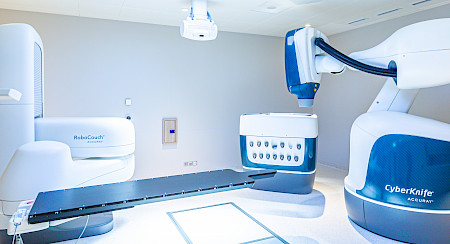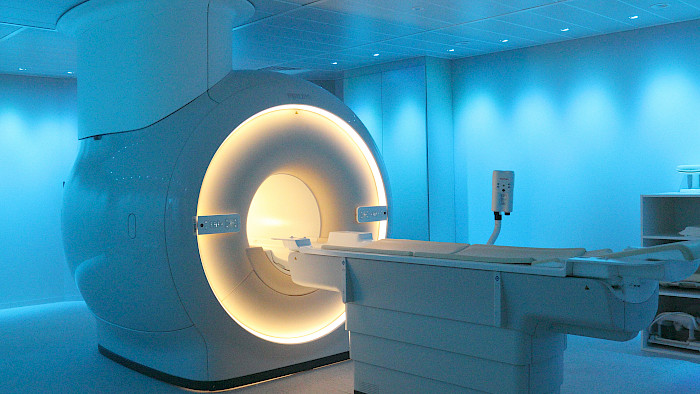Your treatment in our radio-oncology department follows a request made by your oncologist or specialist. In order to present you with the details of our treatment proposal, you will receive an appointment for a «first consultation». During this consultation, a radio-oncologist from our network will present the indications, benefits and possible side effects of the treatment. He or she will also discuss the various treatment strategies with you and may recommend additional examinations.
-
Centres
back
Centres
- Maternity
- Specialities
- Doctors
-
Patients & visitors
- About us
-
Centres
back
Centres
- Centre d'Urologie Générale-Beaulieu
- Centre de soin de support (cancer rehabilitation)
- Centre du Sein
- Centre for Integrative Medicine
- Centre for medically assisted reproduction
- Centre for Obesity and Diabetes
- Centre for Oncology
- Centre for Outpatient Surgery
- Centre for Radio-oncology
- Institut de radiologie
- Institute for Nuclear Medicine
- Maternity
- Specialities
- Doctors
-
Patients & visitors
back
Patients & visitors
- About us
close search



















